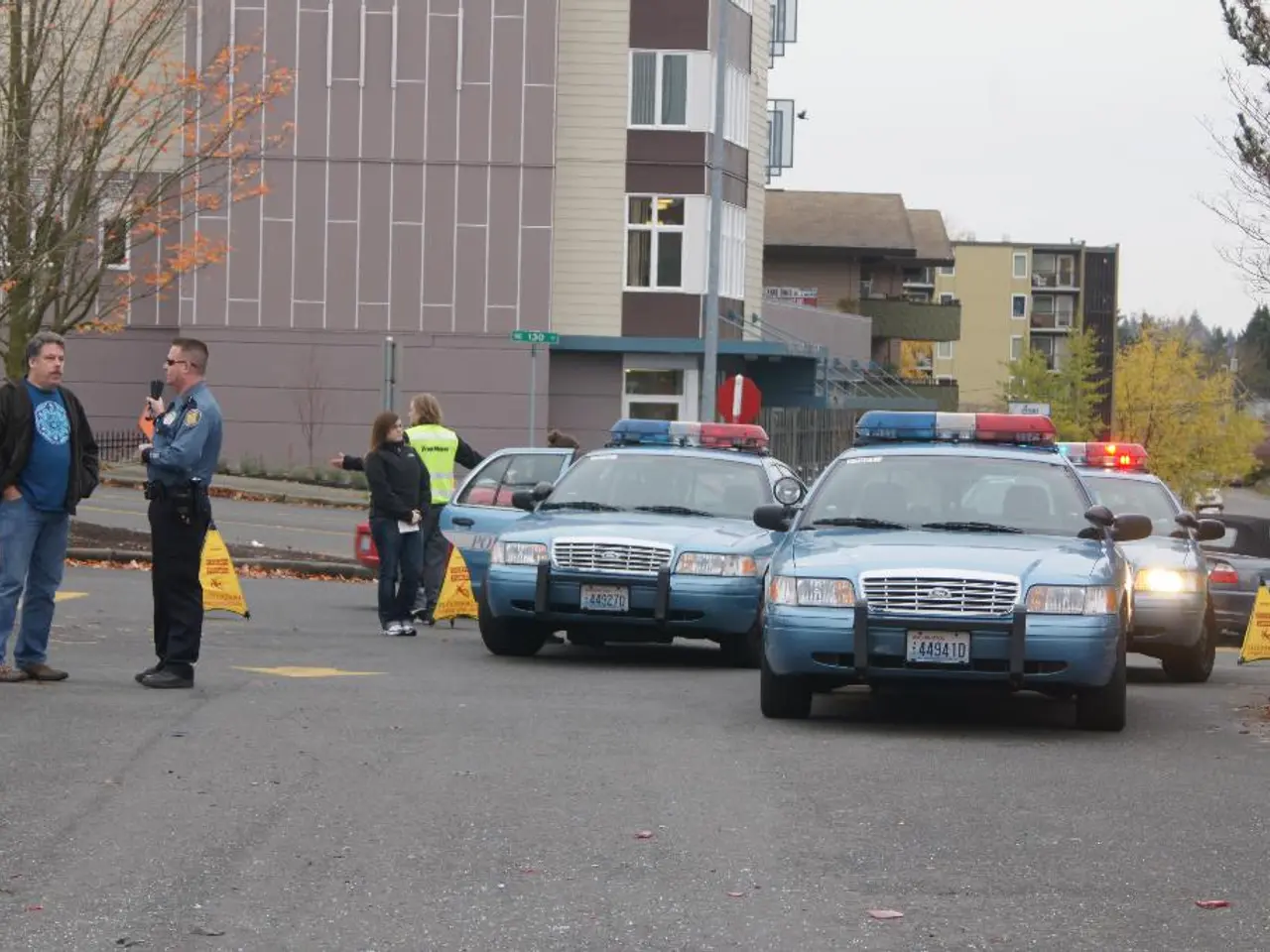Crafting a Durable Tomorrow: Resilience Redefined in Engineering
Lehigh University's Center for Catastrophe Modeling and Resilience: A Beacon of Interdisciplinary Research
Lehigh University has launched the Center for Catastrophe Modeling and Resilience (CatModeling), a groundbreaking research center that integrates advanced engineering, natural sciences, behavioral research, and big data modeling to address natural disasters and health-related threats[1]. This unique university-wide, interdisciplinary research center is designed to enhance societal resilience to catastrophes, both natural and health-related.
The center's interdisciplinary focus allows it to tackle complex risks from multiple perspectives, enhancing understanding and solutions for catastrophe resilience. It combines expertise across disciplines including natural hazard sciences, engineering, and social sciences to create comprehensive catastrophe models and resilience strategies[1].
One of the key benefits of the center is its innovation in education. Lehigh offers a dedicated master's program in catastrophe modeling and resilience, producing graduates like Urinrin Otite, the first master’s degree earner from this program. Otite's research on infrastructure resilience contributes to the Center's mission[2].
The center is also supported by grants such as the Lehigh University Provost's Office Research Futures grant, advancing research that interfaces with climate change, insurance, and private sector resilience approaches[3]. It supports advanced modeling to predict, mitigate, and manage the effects of catastrophic events, aiding communities and industries in disaster preparedness and response[1].
In addition to predicting the impact of natural disasters, the center aims to predict human behavior in the face of risk, not just reaction. It enhances algorithms to incorporate physical reconstruction for more accurate simulations of disaster response and losses. The center also creates multi-scale models that connect Earth-wide trends with extreme weather in a specific region[1].
The work of the Catastrophe Modeling and Resilience Center addresses urgent questions from communities, companies, and governments, such as predicting risk for home insurance, deploying resources for disaster recovery, and reducing the risk of power outages. The center improves predictive models to analyze the impact of a natural disaster on hundreds of thousands of buildings and structures[1].
Lehigh University has established three new University Research Centers (URCs) under its Future Makers strategy, including the Center for Community-Driven Assistive Technologies (CDAT) and the Center for Advancing Community Electrification Solutions (ACES). These new URCs demonstrate the university's belief that research is a public good, meeting the moment and shaping the future[4].
CDAT is exploring innovative ways to improve the lives of people with disabilities through user-informed design and technology. Meanwhile, ACES is tackling the urgent need for self-sustaining, equitable, and efficient energy systems to serve diverse communities[4].
The center, along with the other URCs, is immediately applying the results of its research to the public and private sectors. It is also a training ground for the next generation of resilience experts, integrating students directly into active research efforts[1][2]. Furthermore, the center transfers computational models and tools from the study of natural disasters to other threats to society, such as epidemics[1].
Recently, the Center for Catastrophe Modeling and Resilience hosted a workshop with experts from industry, government, and academia to discuss shared goals and plan concrete actions. This collaborative model involving engineering, data science, and human behavior modeling is designed to address complex disasters with fewer losses and faster recovery[1].
In conclusion, the Center for Catastrophe Modeling and Resilience at Lehigh University is a testament to the power of interdisciplinary collaboration. It integrates cutting-edge modeling techniques with education and applied research to enhance societal resilience to natural and health-related catastrophes[1][2][3]. The center's work is shaping the future, meeting the urgent needs of communities, companies, and governments, and fostering the next generation of resilience experts.
[1] Lehigh University. (n.d.). Center for Catastrophe Modeling and Resilience. Retrieved from https://catmodeling.lehigh.edu/ [2] Lehigh University. (n.d.). Master of Science in Catastrophe Modeling and Resilience. Retrieved from https://catmodeling.lehigh.edu/education/ [3] Lehigh University. (n.d.). Research Futures Grant. Retrieved from https://www.lehigh.edu/research/office-of-the-vice-president-for-research/research-futures-grant [4] Lehigh University. (n.d.). Future Makers. Retrieved from https://www.lehigh.edu/futuremakers/
- The Center for Catastrophe Modeling and Resilience at Lehigh University utilizes advanced technology for research in catastrophe modeling.
- The center's research integrates engineering, natural sciences, behavioral research, and data modeling to address complex risks and enhance societal resilience.
- The center offers a master's program in catastrophe modeling and resilience, fostering innovation in education and producing experts in this field.
- Grants support the center's research, including those that interface with climate change, insurance, and private sector resilience approaches.
- The center aims to predict human behavior in the face of risk, not just reaction, and enhances algorithms for accurate simulations of disaster response.
- The center's models connect Earth-wide trends with extreme weather in a specific region, aiding in disaster preparedness and response.
- The center's research addresses urgent questions from communities, companies, and governments, such as predicting risk for home insurance and disaster recovery planning.
- Lehigh University has established several University Research Centers (URCs), including ones focusing on assistive technologies, community electrification solutions, and catastrophe modeling.
- These URCs are immediate in applying research results to the public and private sectors and serve as training grounds for the next generation of resilience experts.
- The center transfers computational models and tools from the study of natural disasters to other threats to society, such as epidemics, contributing to health-and-wellness and environmental-science.
- The center engages in collaborative research with experts from industry, government, and academia to address complex disasters with fewer losses and faster recovery, shaping the future of business, finance, lifestyle, learning, investing, home-and-garden, health-and-wellness, fitness-and-exercise, and career-development.




